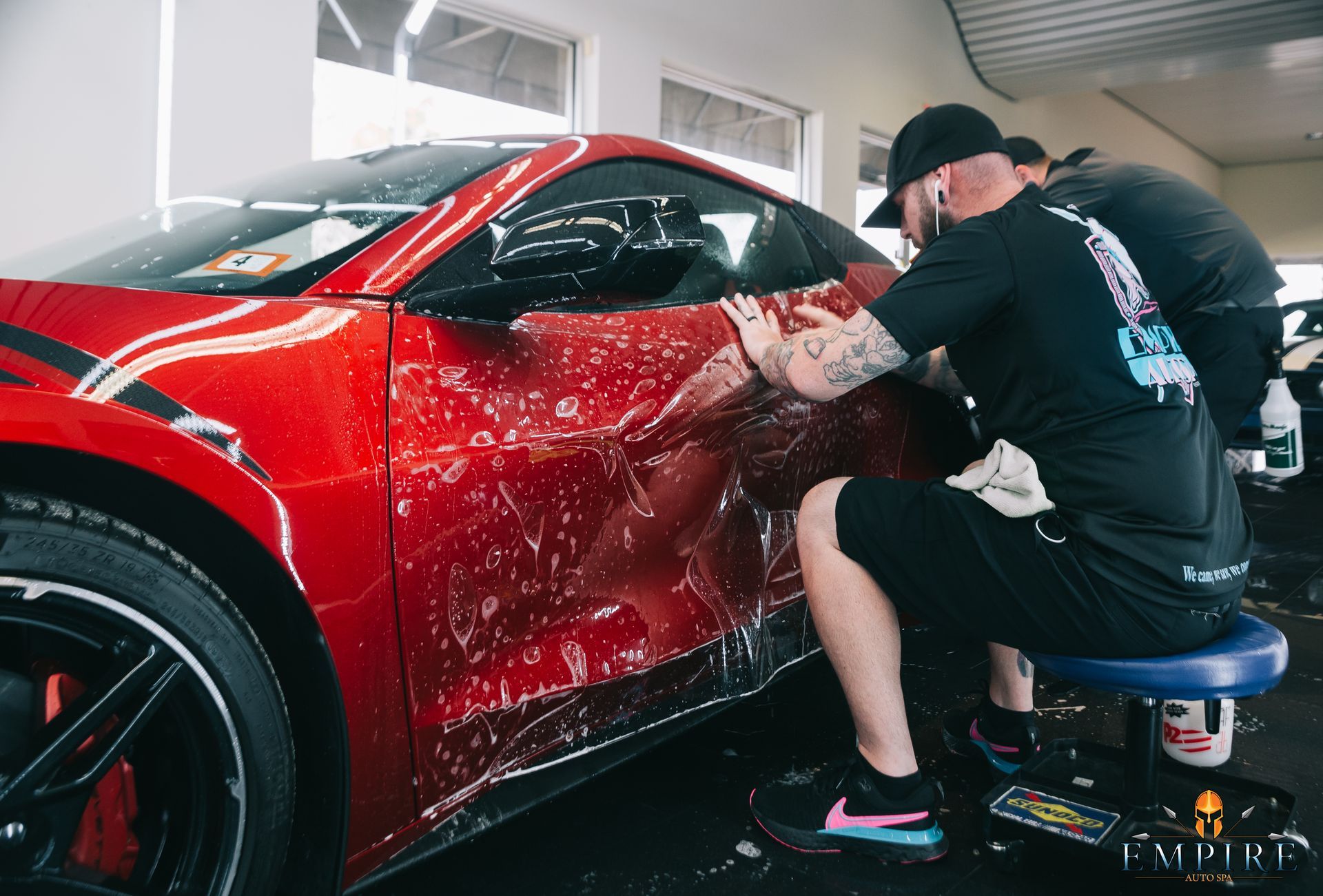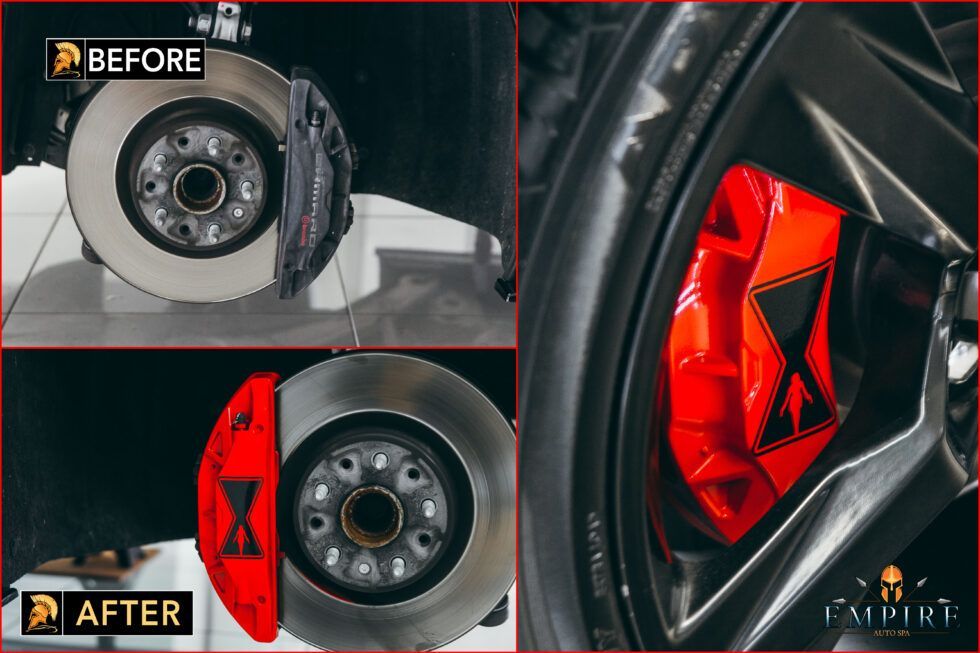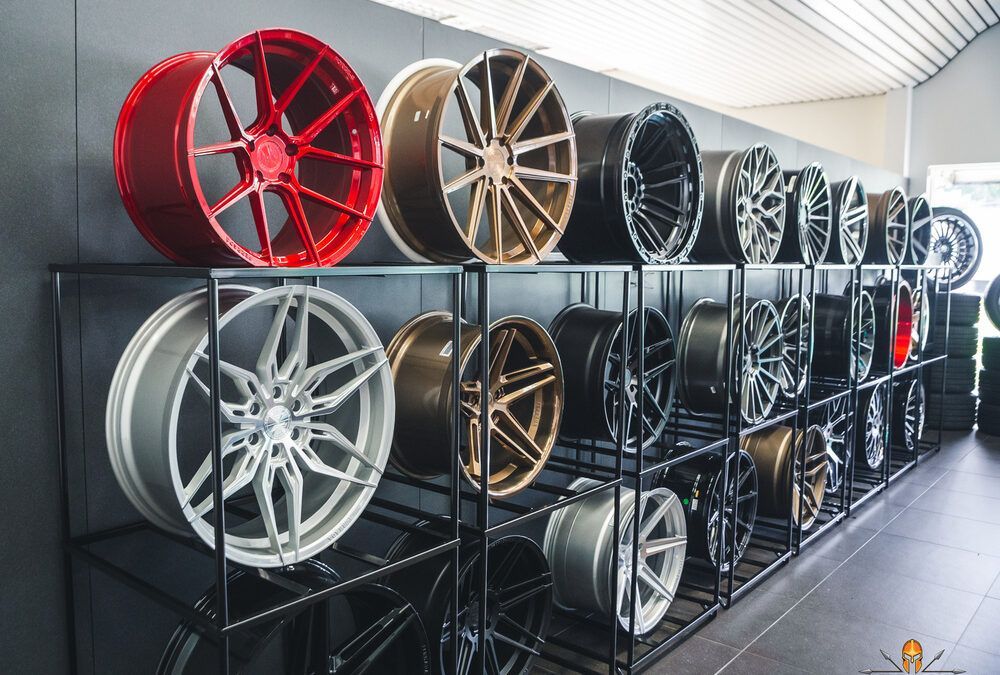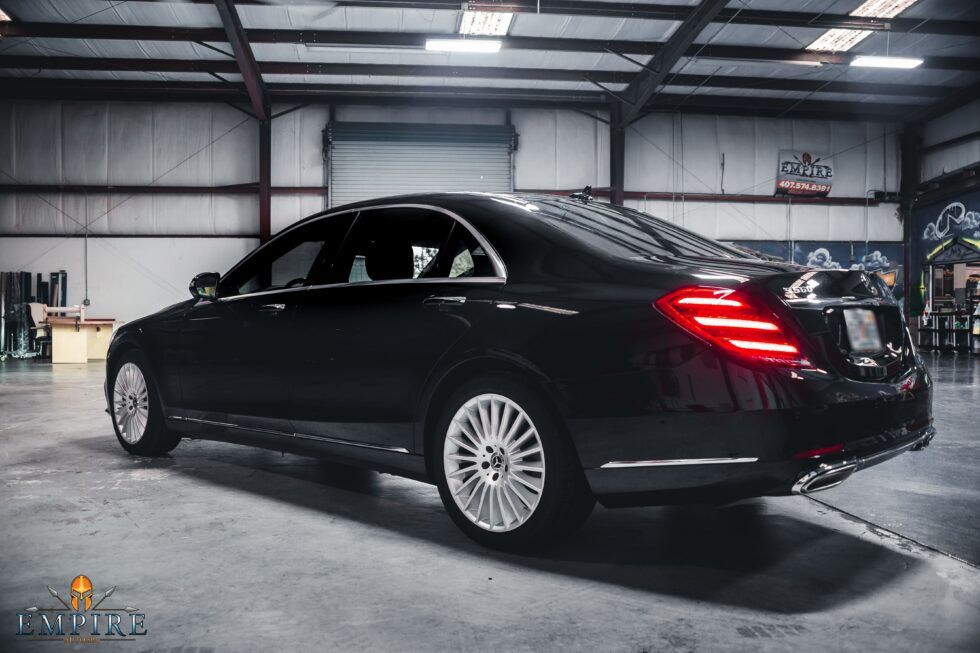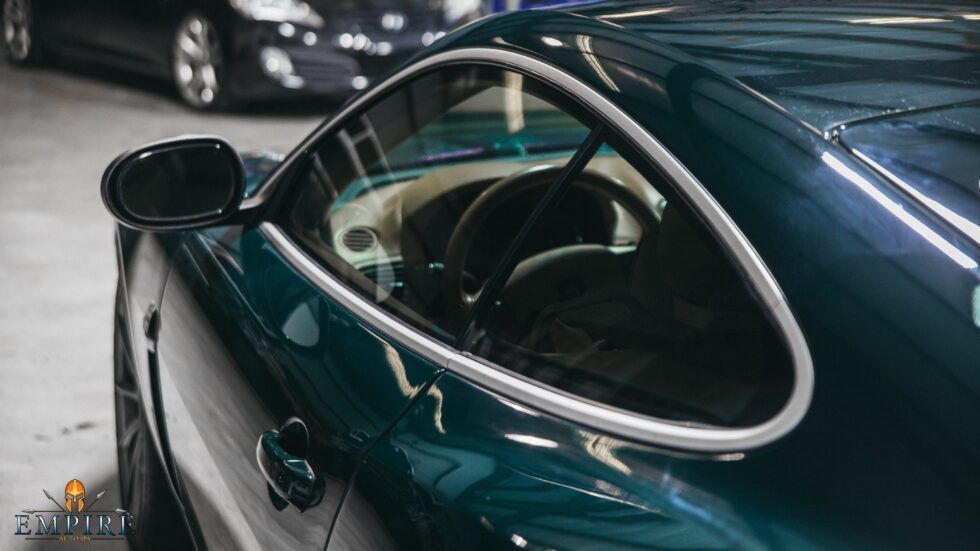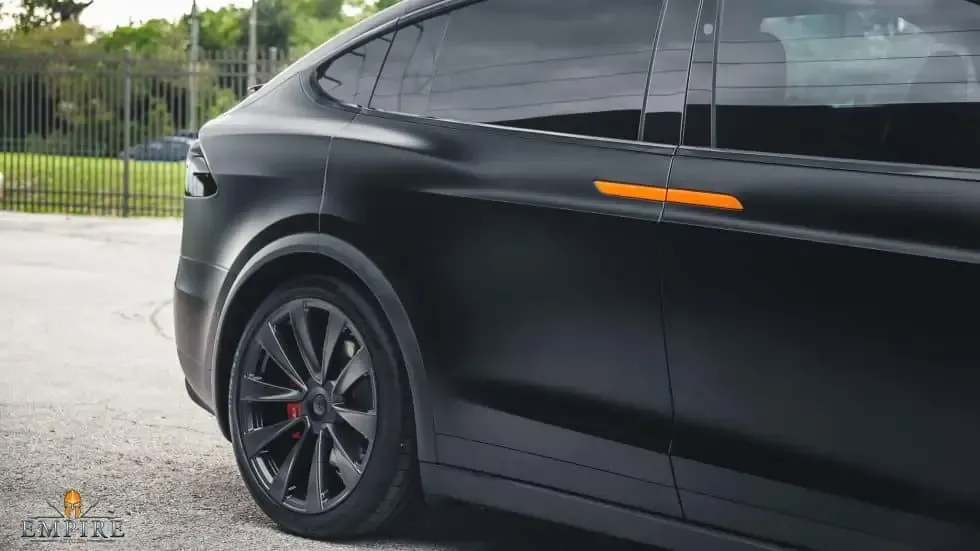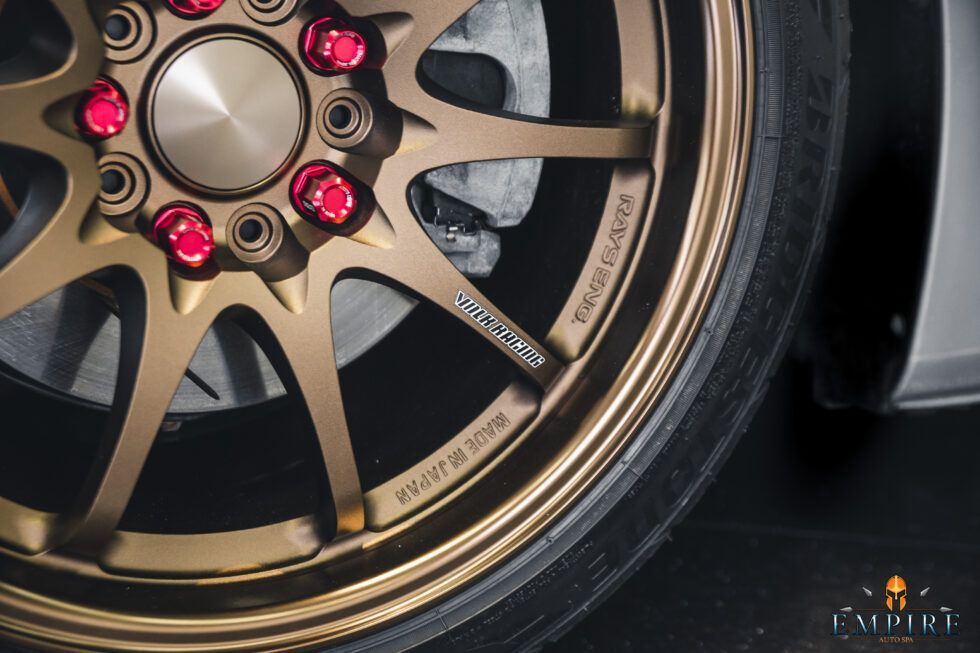What is Paint Correction for Cars and How Does it Work?
Learn the Basics on How Paint Correction for Cars Works
Our cars provide us shelter and comfort while bearing the brunt of harsh environmental factors such as prolonged exposure to sunlight, dirt, debris, hail, snow, and pebbles. Gradually, these factors take a toll on the car and can leave scratches, swirl marks and oxidize the car’s paintwork, causing it to fade. As a result, the car appears old and worn out.
Faded paint and blemishes can be rectified through a process called paint correction. The intended goal of this process is to eliminate the surface imperfections that give the car a dull appearance. After undergoing a paint correction process, the car’s surface appears shiny and sharp.
Let us take a detailed look at how paint correction for cars is performed.
How is Paint Correction for Cars Performed?
The following steps are common to a usual paint correction job:
Wash and Decontaminate Before The Paint Correction
- The first step is the thorough washing and decontamination of the car’s surface. This is done to get rid of all loose dirt and debris. After wet washing, the car is clayed with an automotive clay bar. Claying helps remove bonded surface contaminants such as tar spots and embedded metals.
Wet Sanding or Leveling
- Deep scratches or orange peel (caused due to improper painting technique) on the car’s surface are removed through a process known as wet sanding or color sanding. In this process, specially manufactured automotive sandpapers with very fine grit are moistened and gently rubbed on the car’s surface to remove the damaged top layer of the clear coat.
Buffing & Polishing
- This is the most important step of a paint correction job. After leveling, the car’s surface becomes scratch-free, but the car develops a dull appearance. Polishing and buffing help restore the car’s shine and fill in the scratches in the clear coat so the car will have a smooth appearance.
Buffing and polishing often involve multiple steps. The requirement for the extent of buffing and polishing is determined by the following factors:
- Amount and type of clear coats
- The severity of imperfections on the car’s surface
For e.g. if a car has been wet sanded before, it will need 3-4 different types of polishing pads and multiple types of polishes to get the desired result. To achieve full correction, multiple grades of polish are used. Initially, abrasive polish is used to remove the scratches. It is then topped with a finer finishing polish that removes small surface abrasions and gives the car a fine finish.
Sealing and Waxing
- Buffing and polishing give the car a smooth, shiny, and scratch-free surface. However, without proper protection, the effects of polishing won’t last for long. To protect the car’s pristine exterior, sealants or waxes are applied. There are multiple options to choose from. Depending on the condition of the car, a specialized automotive wax can be applied to seal in the paint correction. However, wax offers limited resistance to scratches and is not long-lasting.
Other options include applying paint sealants, nano-ceramic coatings, and paint protection films. They offer higher resistance against environmental damage and last for 3-5 years. However, they are costlier than the average car wax.
If your car is in need of paint correction, contact Empire Auto Spa. We specialize in paint correction, auto detailing, ceramic coating, and paint protection films for automobiles. Call us at (407) 574-8381. We operate in Orlando, Florida, and nearby areas.


